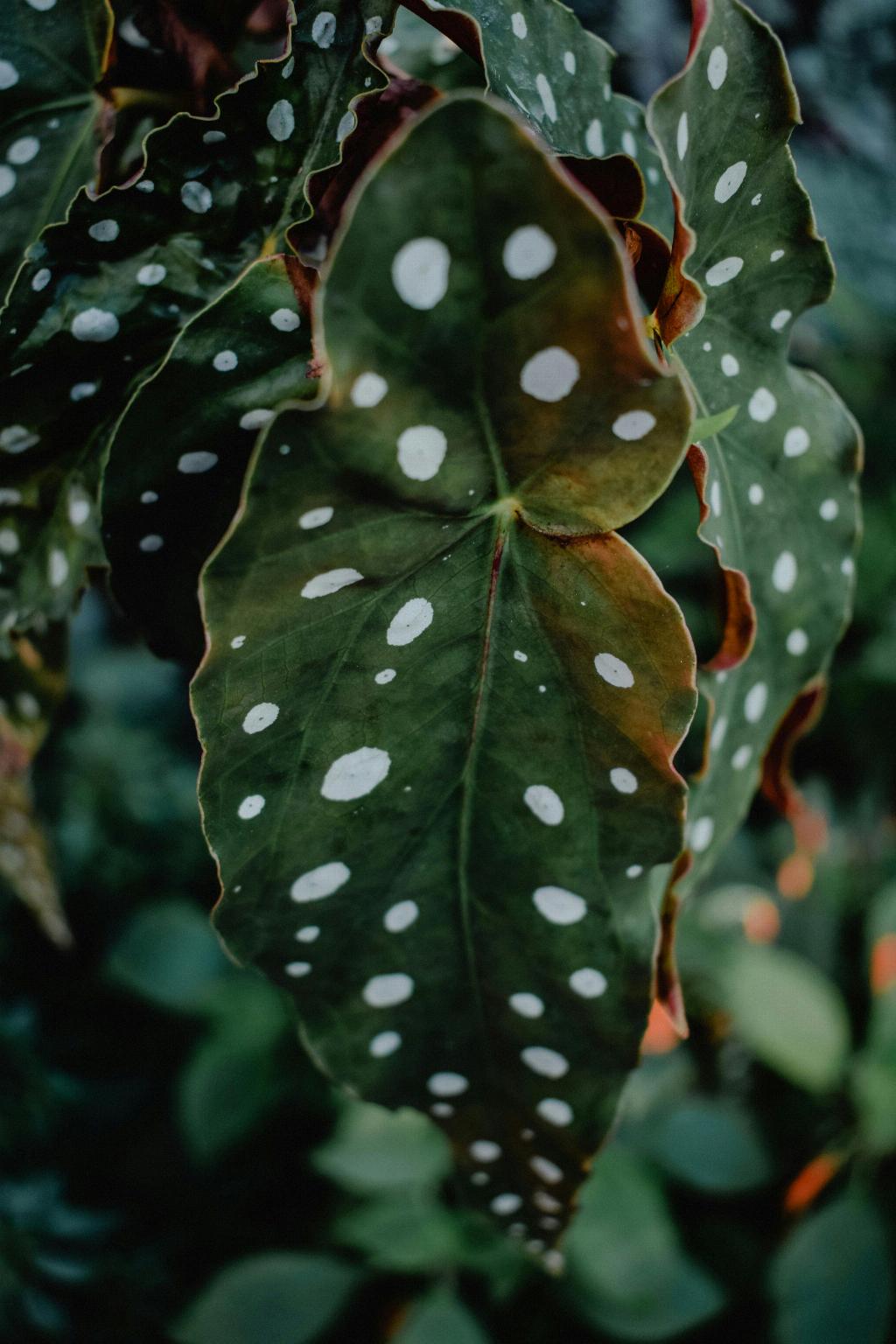When it comes to expanding your collection of beautiful begonias without breaking the bank, mastering the art of propagation is essential. Begonias are versatile plants that can be propagated through various methods, including stem cuttings, leaf cuttings, division, and even from seed. In this comprehensive guide, we will delve into the intricacies of propagating begonias, from selecting the right cuttings to caring for the newly propagated plants.
Understanding Begonia Propagation
To successfully propagate begonias, it is crucial to understand the different propagation methods available. Stem cuttings involve taking a portion of the stem and encouraging it to grow roots. Leaf cuttings, as the name suggests, are propagated using leaf sections. Division entails splitting a mature plant into sections to create new plants, while seed propagation involves growing begonias from seeds.
Step-by-Step Guide on How to Propagate Begonias
Before you begin the propagation process, gather essential materials such as a cutting tray, well-draining soil, and a sharp cutting tool. Choose the right time for propagation, typically during the growing season when the plant is actively growing. Prepare the propagation medium by filling a tray with soil and ensuring it is moist but not waterlogged.
For stem cuttings, select a healthy stem and make a clean cut just below a leaf node. Place the cutting in the soil and keep it consistently moist until roots develop. Leaf cuttings involve selecting a healthy leaf, cutting it into sections, and placing them in the soil to root. Division requires carefully separating the plant into sections, ensuring each portion has sufficient roots.
Caring for Newly Propagated Begonias
Once your begonias have been successfully propagated, it is crucial to provide them with adequate care to ensure healthy growth. Water newly propagated plants regularly, ensuring the soil is consistently moist but not soggy. Provide the right amount of light, as begonias thrive in bright, indirect sunlight.
Monitor the temperature and humidity levels to create an optimal environment for your newly propagated begonias. When the plants have established roots, consider transplanting them into individual pots to provide room for growth.
Troubleshooting Common Issues When Propagating Begonias
While propagating begonias can be a rewarding experience, challenges may arise along the way. Common issues include rotting stems due to overwatering, inadequate rooting, or pest infestations. To prevent these problems, ensure proper drainage, monitor soil moisture levels, and inspect plants regularly for any signs of pests.
Conclusion and Final Tips
Mastering the art of propagating begonias opens up a world of possibilities for avid gardeners and plant enthusiasts. By following the step-by-step guide and providing proper care to your newly propagated begonias, you can enjoy a thriving collection of these stunning plants. Remember to be patient and attentive to the needs of your begonias, and you will be rewarded with vibrant, healthy plants that will brighten up your space.

